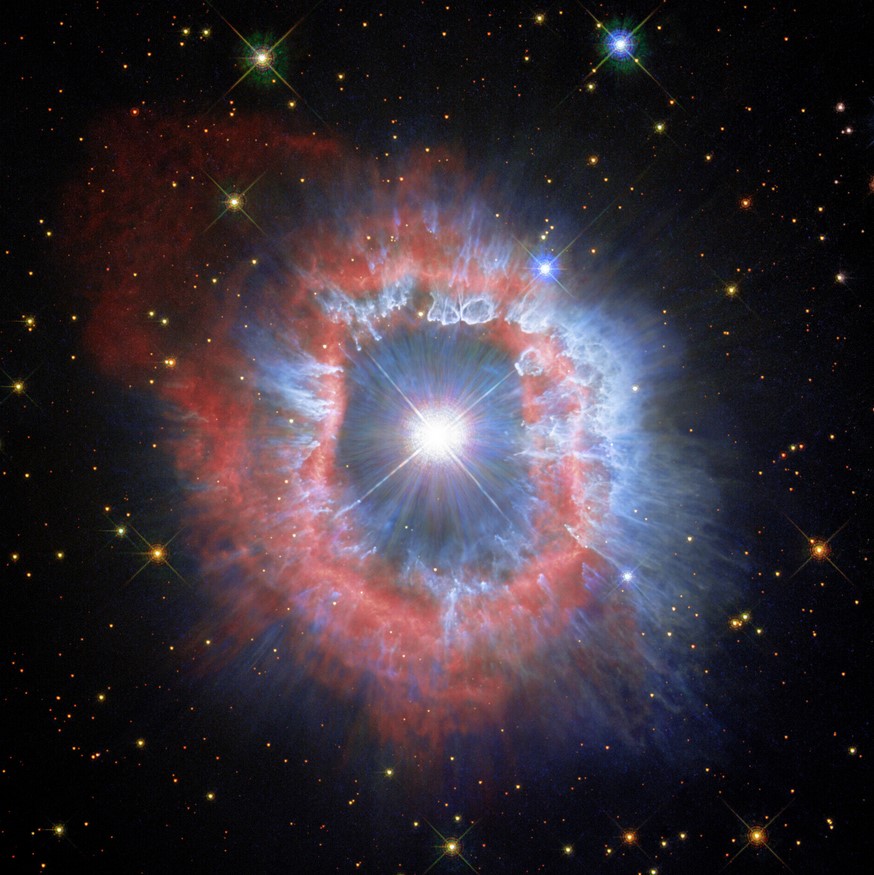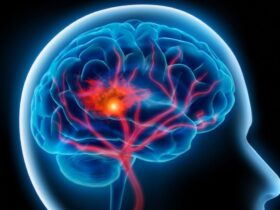The Hubble Space Telescope has just captured 31st-anniversary pictures, unveiling the dual nature of the star AG Carinae. How great is that?
The photos show an erupting gas shell and puffing dust bubbles, evident signs of the final acts of a monster star’s life.
Curious to find out more?
Incredible New Hubble Data Show Nature of a Star
The NASA/ ESA Hubble Space Telescope’s 31st-anniversary pictures offer a new perspective of the dual nature of the star AG Carinae, which is genuinely intriguing. Check out the first image below:

In the first picture, you can spot mesmerizing details of nitrogen and ionized hydrogen emissions from the expanding shell of the nebula (in red).
AG Carinae features
The star is classified as a luminous blue variable due to its hot, brilliant state that varies in brightness, which is quite rare.
Luminous blue variable stars can lose mass all the time, but only when they reach the final stages of life. What does the process look like?
As the star starts to run out of fuel, its radiation pressure lowers, and gravity rules. The stellar matter surrenders to gravity and falls inward.
Finally, the matter heats up and is violently launched into the surrounding interstellar space. Quite intriguing, right?
That process goes on and on until enough mass is lost and the star enters a stable state.
In the second picture, the color blue outlines the distribution of dust that shines in reflected starlight. You can see it below:

According to astronomers, there are powerful stellar winds capable of forming and shaping dust filaments and bubbles. The nebula is around five light-years wide. That’s approximately the length from here to the closest star beyond the Sun, known as Proxima Centauri.
Other observations of the new data show that the star and its surrounding nebula are not perfectly spherical. It is more of a bipolar symmetry.
What does that mean?
Astronomers believe that the mechanism generating the outburst could be the result of a disk in the center. The star could also have a companion (a binary star).























Leave a Reply